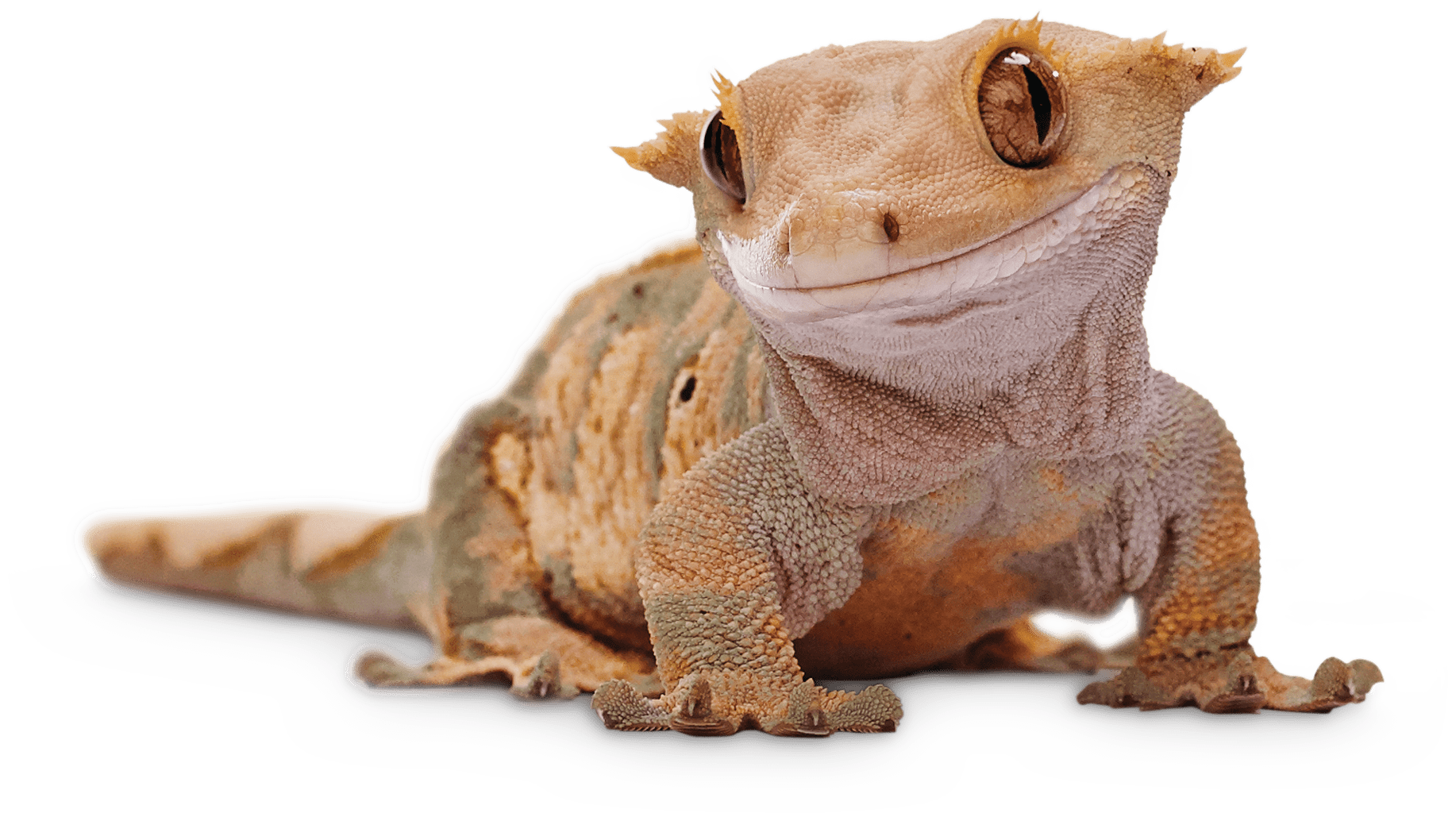In my tortoise's habitat I found a worm and was planning on changing the dirt today but found a lot of worms in the water what does this mean?
These are likely not parasites, but rather insects that made their way into the enclosure. To be sure, you can submit them and a stool sample to your veterinarian to diagnose intestinal parasites. Clean the enclosure and water bowl as planned. Fresh water should be provided daily.
Read More
